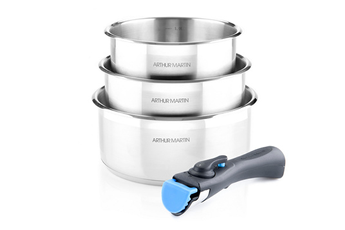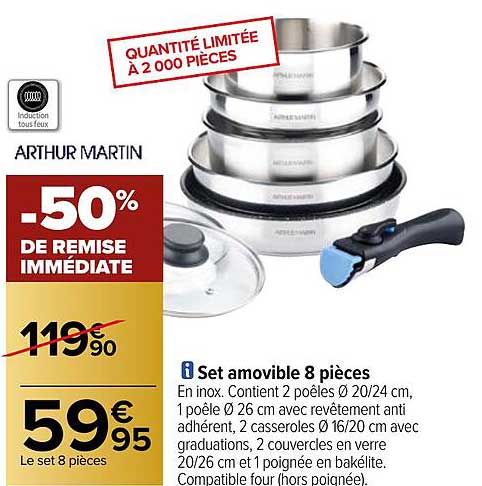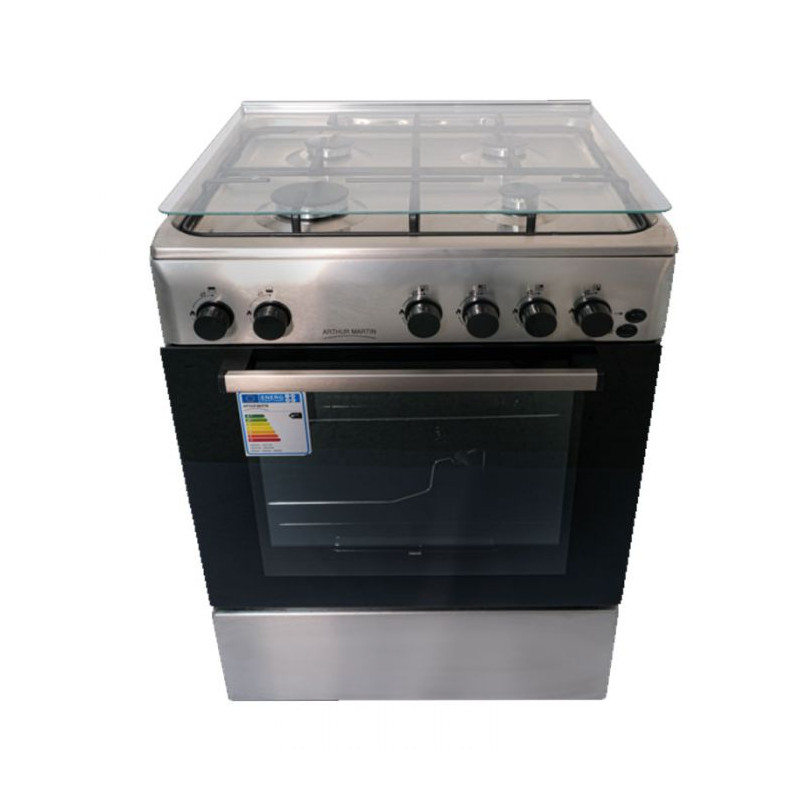
Arthur martin 5542 - batterie de cuisine 8 pieces - inox - tous feux dont induction ARTHUR MARTIN 5131 Pas Cher - UBALDI.com
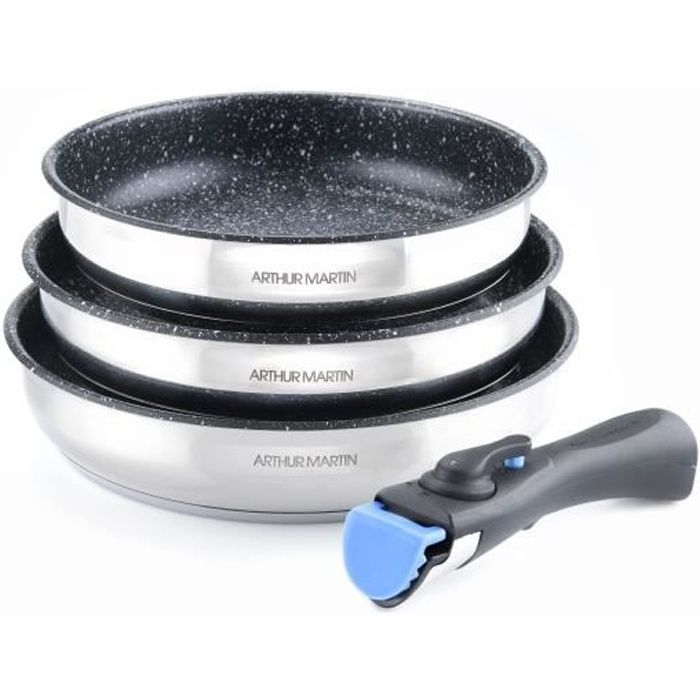
ARTHUR MARTIN 5787 Set de 3 poêles Inox anti adhérent 20-24-26 cm + 1 poignée - Tous feux dont induction - Cdiscount Maison

ARTHUR MARTIN AM5538 - Batterie de cuisine 8 pieces Inox : 3 poeles, 3 casseroles, 2 poignées - Tous feux dont induction
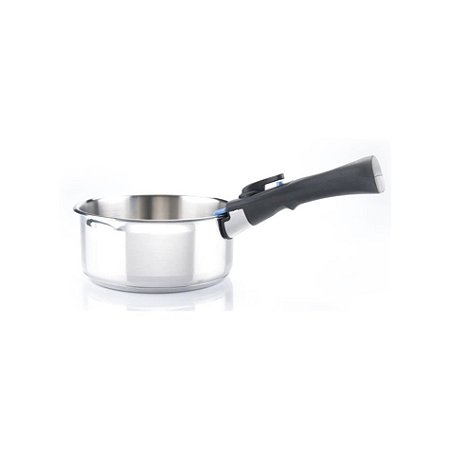
Batterie de cuisine 10 pieces Arthur Martin – Acier Inoxydable - poignée amovible - tous feux dont induction au meilleur prix | E.Leclerc

Arthur Martin - Lot 3 saladiers & 3 couvercles ARTHUR MARTIN Inox - Ustensile électrique - Rue du Commerce

Batterie de cuisine Arthur Martin AM3360 3 pieces - Sauteuse 24 cm - Aluminium - tous feux dont induction - Zoma

Poignée Amovible Arthur Martin - Comparer les prix et offres pour Poignée Amovible Arthur Martin | LionsHome



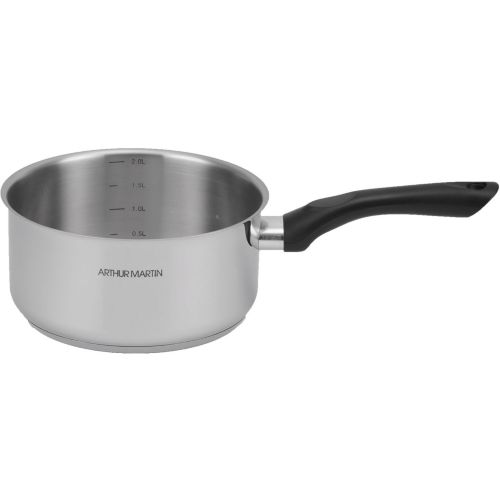

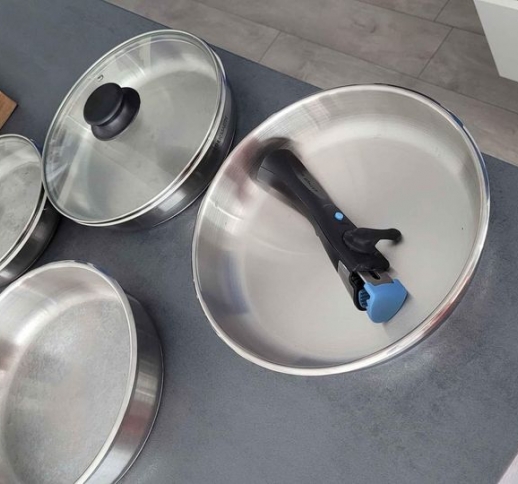

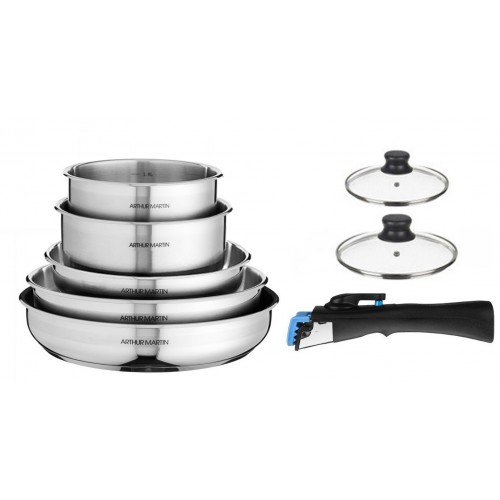
)


